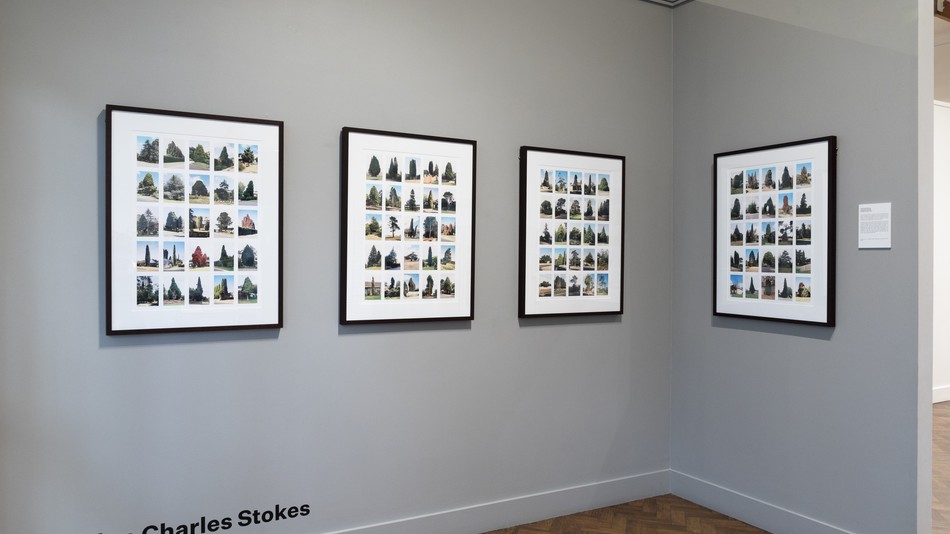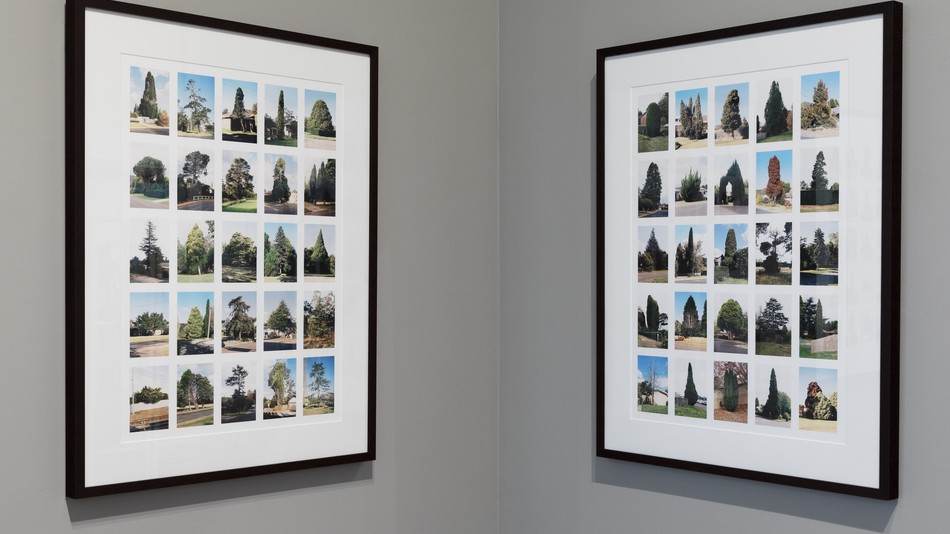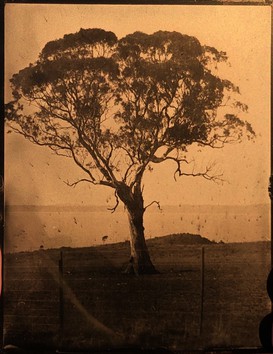Snapshot:
Jordan Charles Stokes
One Hundred Trees
29 mar. — 11 may 2019

29 mar. — 11 may 2019
Snapshot:
Jordan Charles Stokes
Image: Jordan Charles Stokes, One Hundred Trees (detail) 2018, Photograph, dimensions variable.
One Hundred Trees
Image: Jordan Charles Stokes, One Hundred Trees (detail) 2018, Photograph, dimensions variable.
Snapshot: Jordan Charles Stokes
One Hundred Trees
29 mar. — 11 may 2019
Jordan Charles Stokes is a visual artist exploring landscape and the built environment. Stokes investigates how time and place informs action, understanding and response to human structures and natural systems. Through photographic media, Stokes examines how the environment can demonstrate and reveal concepts of history, change, and personality across locations and cultures.
The One Hundred Trees series explores introduced conifer trees in the Wingecarribee and Goulburn region as symbols of nostalgia and European vernacular within the Australian landscape. Across several years, one hundred unique examples of conifer trees within the geographical area have been photographed and collated in a typological study. Such trees are linked to the agricultural and social development of the region as a colonial outpost but persist as a style preference to this day. The series considers vegetation as a component of historical identities and value shifting, aligned with wider environmental and cultural dialogue surrounding past and present understandings of landscape.



3
Image: Jordan Charles Stokes, One Hundred Trees (detail) 2018, Photograph, dimensions variable.
Snapshot: Jordan Charles Stokes
One Hundred Trees
29 mar. — 11 may 2019
Jordan Charles Stokes is a visual artist exploring landscape and the built environment. Stokes investigates how time and place informs action, understanding and response to human structures and natural systems. Through photographic media, Stokes examines how the environment can demonstrate and reveal concepts of history, change, and personality across locations and cultures.
The One Hundred Trees series explores introduced conifer trees in the Wingecarribee and Goulburn region as symbols of nostalgia and European vernacular within the Australian landscape. Across several years, one hundred unique examples of conifer trees within the geographical area have been photographed and collated in a typological study. Such trees are linked to the agricultural and social development of the region as a colonial outpost but persist as a style preference to this day. The series considers vegetation as a component of historical identities and value shifting, aligned with wider environmental and cultural dialogue surrounding past and present understandings of landscape.



3

